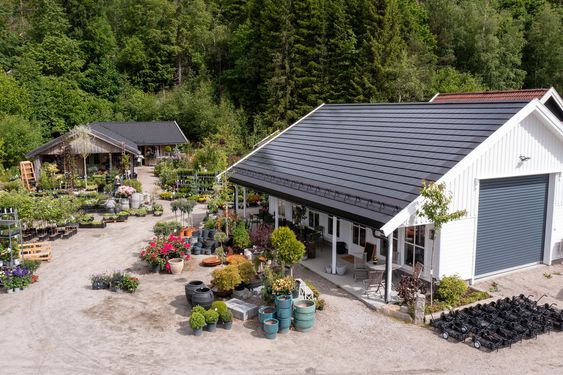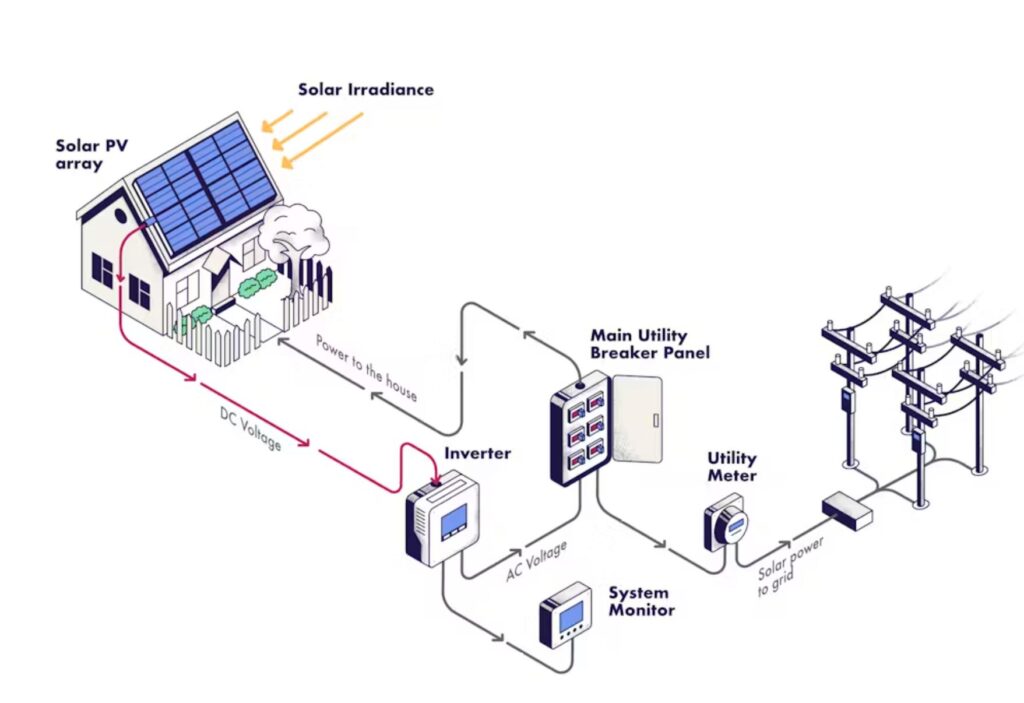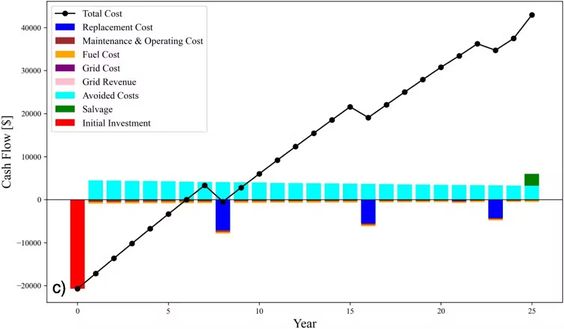
Joshua M. Pearce, Western University
How would you like never to have another electric bill? Technological advances have made it possible for some consumers to disconnect from the power grid—a move that was once only available to the ultra-wealthy who could afford the associated costs or survivalists willing to trade convenience for freedom.
A recent study I coauthored with energy researcher Seyyed Ali Sadat reveals that the balance of economics has shifted and now many families may be better off financially by cutting ties to the grid. However, this might not be a good thing for everyone.
How did we get here?
Back in the 2000s, solar was costly. The solar industry’s goal was to push the cost of solar panels below $3 per watt because that would produce solar electricity at a low enough cost to be economically competitive without subsidies. Over the year, the cost of solar plummeted.
By 2011, we showed for the first time in both the United States and Canada that the levelized cost of solar electricity had reached grid parity. This means people could have a net-metered, grid-connected solar system and pay the same for electricity as the grid costs.
Your utility meter would spin backward during the day as you amassed solar electric credits, then spin forward at night when you used grid electricity. If you sized your solar correctly, you would never pay an electric bill.
When I moved to Michigan in 2011, I installed solar, earning a return on investment of more than 10 per cent. Many other faculty members at Michigan Tech did the same, and our area was the first to hit Michigan’s arbitrarily mandated one per cent distributed generation limit.
Solar costs kept dropping, and ten years later, I collaborated with an engineer from Sweden — where nearly every house has a heat pump — to show that solar costs were so low they could effectively subsidize heat pumps into profitability in both northern Michigan and Ontario. Although the return on investment was modest — only a few per cent — it was enough to make solar-powered heating more viable than natural gas.
Concern among electric utilities
Today, more heat pumps are sold that normal furnaces in the U.S., but Canada is still warming up to them. The price of solar modules has since dropped well below $1 per watt.
This shift caused concern among some electric companies; under their traditional business models, every new solar customer reduces their profit. Forward-thinking companies embraced solar and funded it for their customers. Some even rented their customers’ roofs for solar panel use.
Many electric companies, however, took a different path by trying to weaken net metering. Some manipulated the rate structure by increasing unavoidable charges for customers while decreasing the electric rate, making net-metered solar systems less appealing for customers. As off-grid systems are now more affordable, this strategy could push customers away.
Solar costs continued to drop and are now the lowest cost power in history. The costs of electric batteries also plummeted by over 50 per cent just last year.
Grid defection is a real option
Grid-tied residential solar systems currently dominate the market, primarily due to historical net metering. As utility rate structures shift away from real net metering, increase unavoidable fees or restrict grid access, solar consumers are finding that going off-grid is becoming more economically viable.
Our recent study shows that grid defection is economically advantageous for many families because of these rate structure changes.
Consider a typical family in San Diego, for example. After an initial investment of $20,000 on the off-grid system (solar, diesel generator and batteries), they could pay 45 per cent less for electricity than if they remained connected to the grid.
The system would pay for itself in just six years, and even with a battery replacement, they would break even again in year eight. Over the lifespan of the system, these families could save over $40,000 in electricity costs.
Since our analysis using data from one year ago, battery costs have dropped even further, increasing the return on investment. Locations that were previously on the borderline of economic viability are now clear opportunities for grid defection.
These trends, coupled with increasing grid electricity costs and decreases in both solar and battery costs, have made economic grid defection a salient issue.
But this also raises concerns about potential “utility death spirals,” where as more customers leave the grid to save money, the ones who are left face higher electricity costs, prompting even more to leave until the utility is bankrupt.
Stay on the grid
This trend raises two major concerns. First, those who can’t afford to leave the grid — often the poorest households — will end up paying the most for left-over fossil fuel electricity from the grid. Leaving the grid requires a hefty up-front cost, and not everyone can afford it.
Second, our research shows that the diesel generators used as back up for off-grid solar and battery systems will cause significant pollution — even more than the grid in some locations.
Our results show that regulators must consider mass economic grid defection of PV-diesel generator-battery systems as a very real possibility in the near future. To prevent utility death spirals and increased carbon emissions, it’s imperative we have rate structures that encourage solar producers to remain on the grid.
The worst thing regulators can do is allow the electric utilities to increase unavoidable costs for their short-term profits. This can backfire, as utilities will lose customers entirely in the long run. With solar and battery costs continuing to decline, this problem is only becoming more urgent.![]()
Joshua M. Pearce, John M. Thompson Chair in Information Technology and Innovation and Professor, Western University
This article is republished from The Conversation under a Creative Commons license. Read the original article.






Comments are closed.